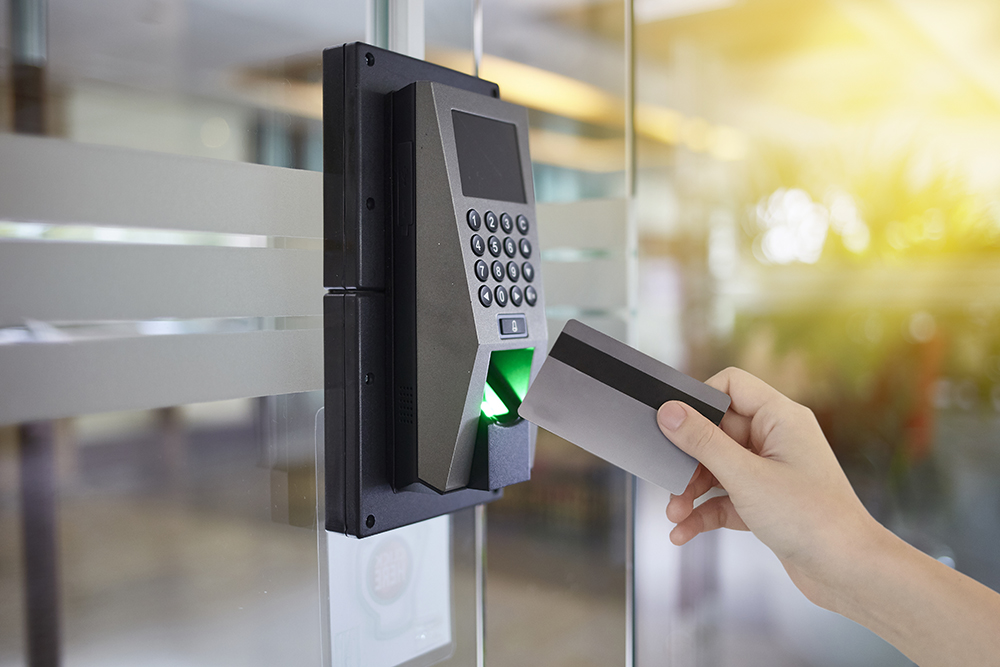
Introduction
Business operations and security are integral and interconnected components that determine the success of any company. In the fast-paced and challenging global business environment, both these elements directly impact profitability, efficiency, and the long-term sustenance of a business. Due to their significance, it is essential for these systems to be maintained at their peak performance.
In this context, access control systems have emerged as game-changers, redefining the landscape of business operations and security management. Simply put, these systems control and monitor who gets to access specific resources in a given environment. They serve as the essential gatekeepers, ensuring that only authorized personnel can access critical resources, thereby safeguarding corporate data and systems, reducing inefficiencies, and enhancing productivity.
The Transformation of Business Operations
Access control systems have revolutionized business operations by streamlining employee access to resources. They eliminate the need for physical keys, reducing the amount of time wasted in managing lost keys or changing locks. Employees can use coded badges or even their own biometric data for access, enhancing operational efficiency.
Then there is the undeniable boost to efficiency that these digital access systems provide. By automating access control, they significantly reduce the time spent in manual tasks like record-keeping or tracking employee movements.
An excellent real-world example in this context is a multinational corporation that recently integrated an IP-based access control system. By doing so, it reported a 20% increase in operational efficiency and a substantial reduction in security incidents, reaffirming the role of access systems in transforming businesses.
Increasing Security and Safety
Access control systems play a crucial role in preventing theft and unauthorized access. By monitoring and limiting access, they can deter potential criminals both from outside and within the organization. From restricting unauthorized entries into sensitive areas to providing audit trails of access activities, these systems offer comprehensive preventive measures against security threats.
One of the most significant benefits they bring to the table is ensuring employee safety. By providing controlled access to the premises and mitigating the risk of unwarranted access, access control systems create a safer workplace, thus boosting workforce confidence and productivity.
Access Control in the Digital Age
With the advent of technology, modern access control systems have evolved phenomenally. They now leverage advanced technologies like biometrics, near-field communication (NFC), and cloud technology for seamless access control. These advancements bring greater flexibility and scalability, making the systems a perfect fit for businesses of all sizes.
However, integrating these sophisticated systems into an existing security infrastructure can pose challenges. The typical issues are compatibility issues with existing systems, privacy concerns due to data collection, and even potential cybersecurity threats. Yet, experts continue to back these systems, believing their benefits far outweigh the potential challenges. In a recent chat, a prominent security professional quoted, “The future is undoubtedly digital, and access control systems are at the heart of this revolution.

Key Considerations When Implementing Access Control Systems
Just like any significant business decision, implementing access control systems requires a detailed evaluation. You need to assess the specific needs and scope of your business, considering factors such as the number of employees, the size and layout of the premises, and the sensitivity of the data or resources you wish to protect.
Budgeting for access control systems involves not only initial installation costs but also ongoing maintenance and periodic upgrades. Thorough cost analysis can prevent any financially inconvenient surprises down the line.
Finally, choosing the right system is crucial. There is a wide variety of systems available in the market, each offering different features and capabilities. A proper understanding of these along with your business’s specific requirements can help you make an informed decision.
How to Maintain an Effective Access Control System
For your chosen system to remain effective, regular checks and system updates are crucial. Given the rapidly advancing technology, staying up-to-date will help in dealing with evolving threats.
One critical aspect often overlooked is employee training. Your workforce needs to understand the system’s importance and its operation to ensure effective usage. Periodic training sessions can be accomplished to this end.
Lastly, having a plan for potential system breaches is essential. A well-defined response protocol, including notification measures, steps for damage control, and strategies for preventing future breaches, can significantly minimize the impact of a breach.
Conclusion
Access control systems, with their myriad benefits and transformative potential, are becoming an inseparable part of modern businesses. By integrating these systems, businesses can streamline operations, ensure security, save costs, and ultimately, power themselves to a sustainable future.





